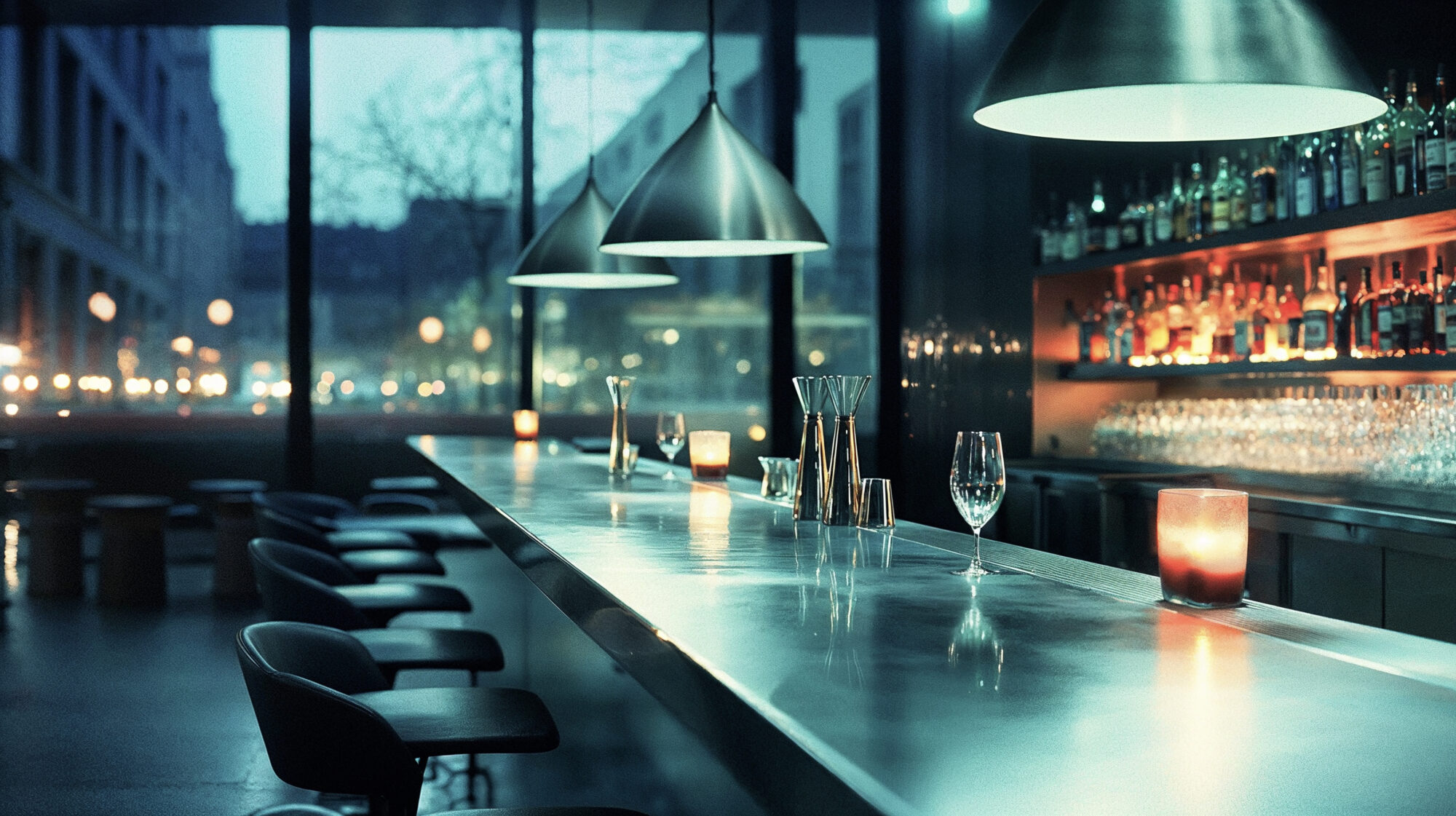
Lighting in the hospitality industry plays a crucial role in shaping the ambiance, customer experience, and even business outcomes. Whether it’s a trendy bar or a fine-dining restaurant, lighting is more than just functional—it becomes an integral part of the social and culinary experience. Recent advancements in technology offer new tools and opportunities, transforming traditional lighting approaches into dynamic, energy-efficient solutions tailored to varied needs.
The psychological impact of lighting
Imagine walking into a venue: your first impression often hinges on the lighting. Studies indicate that 72% of patrons have left an establishment due to poor lighting, while 74% extended their stay when the lighting created a comfortable atmosphere. These statistics highlight the importance of well-thought-out lighting design.
Bars and restaurants require different lighting solutions based on their unique atmospheres. Bars thrive on adaptability: morning lighting should be natural and energizing, perfect for breakfast service, while evening lighting should shift to warmer, dimmed tones to foster an intimate environment. For the bar counter, a focal point of activity, lighting such as pendant lamps or backlit panels serves both a functional and aesthetic purpose, drawing attention to the space.
In restaurants, lighting focuses on creating consistent and controlled settings that enhance the dining experience. For example, the recommended average indoor lighting should exceed 80 lux, ensuring visibility while maintaining a cozy ambiance. Properly positioned pendant lamps (approximately 70 cm above the table) avoid unflattering shadows and provide diners with clear views of their meals and menus.
Technical excellence in lighting
To highlight the colors of dishes effectively, a color rendering index (CRI) above 90 is essential. While warm color temperatures (below 3300K) are typically preferred to create a welcoming environment, cooler temperatures might be suitable for casual or modern dining spaces.Layered lighting strategies work best: soft ambient lighting in common areas paired with focused lighting on dining tables creates a sophisticated interplay of light and shadow.
Cutting-edge technologies
Modern lighting systems have become highly versatile. Technologies like “Dim to Warm” replicate the cozy effect of candlelight, while advanced LEDs provide energy efficiency without compromising on quality. Many venues are adopting smart home-inspired tools to change lighting dynamically based on time of day, customer demographics, or specific events.
Flexibility: a key design principle
Lighting systems must combine aesthetics and functionality with ease of use. Smart lighting solutions allow managers to control intensity, color, and timing via apps on smartphones or tablets. They can even allow customers to personalize lighting at their tables.
For venue operators, these solutions offer centralized management, energy savings through automated shut-offs in unused areas, daylight-responsive adjustments, and pre-scheduled lighting scenes. Integrations with security systems, remote monitoring, and controls add an extra layer of convenience and safety, ensuring optimal operations even when the venue is closed.
